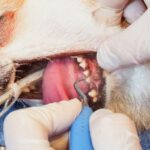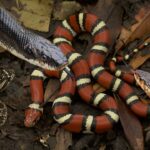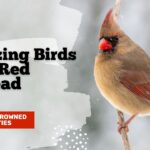If you’ve ever strolled through the woods around Rochester, New York, you’ve likely tread lightly, keenly aware of the potential to stumble upon one of our resident serpents. That rustling in the underbrush, the quick dart of something sinuous and scaled—it’s enough to make your heart leap! While snakes are often met with trepidation, the reality is that they are vital contributors to our ecosystem. This article will introduce you to the common and venomous snakes you might meet on your next nature walk in the Rochester area.
Firstly, let’s put your mind at ease. Despite common fears, not all snakes are dangerous. In fact, of the 17 species found in New York, only three are venomous, and they are not typically aggressive unless provoked.
The Non-Venomous Majority
1. Eastern Garter Snake (Thamnophis Sirtalis)
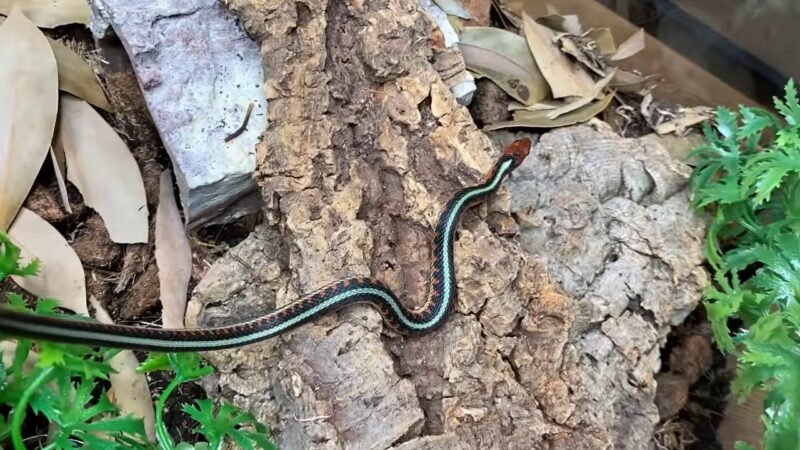
You’ve probably seen this snake before. As the most common species in Rochester, the Eastern Garter snake sports three yellow stripes running down a body that varies in color from green to black. While harmless to humans, they are formidable predators of small critters like earthworms, frogs, and even mice.
2. Eastern Milk Snake (Lampropeltis Triangulum)
This snake might be a bit startling due to its size—adults can reach up to three feet in length. Their body is grey with bold red or brown blotches bordered by black. Despite their threatening appearance, Milk snakes are non-venomous and pose no danger to humans.
3. Black Rat Snake (Pantherophis Obsoletus)
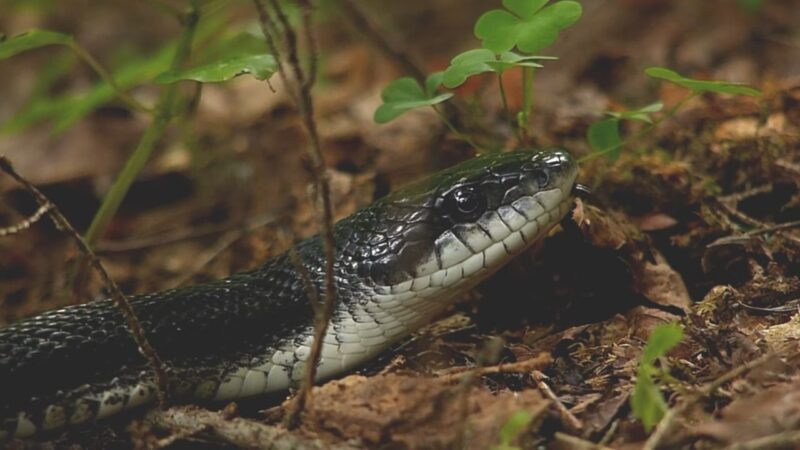
As the largest snake in New York, the Black Rat Snake can reach an impressive length of up to eight feet. It’s typically black or dark brown and can often be found sunning itself in open areas or high in trees. Although they might seem intimidating, Black Rat Snakes are non-venomous and vital for controlling rodent populations.
Venomous Varieties: Respect, Not Fear
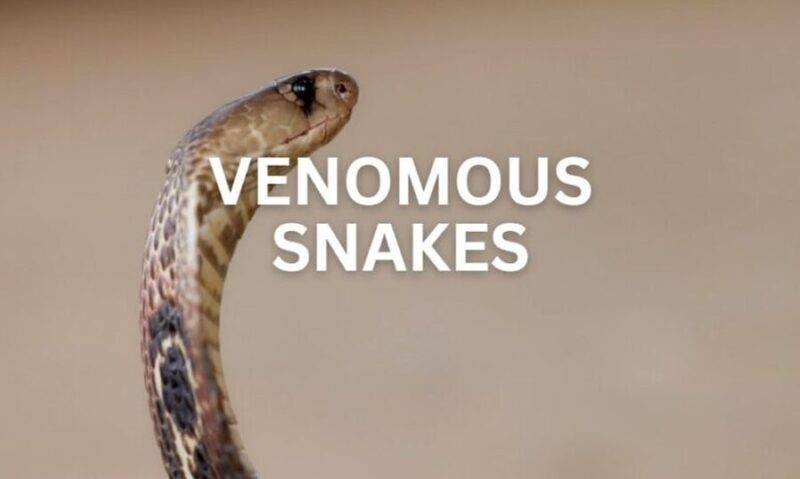
Venomous snakes in New York are few, but they certainly command respect. Their venom, primarily used for hunting, can be harmful or even fatal to humans if untreated. That said, these snakes are not aggressive and prefer to avoid confrontation if possible.
1. Northern Copperhead (Agkistrodon Contortrix)
The Copperhead, recognizable by its copper-red head and hourglass-patterned body, is one of the three venomous snakes found in New York. While their bite is usually not lethal to healthy adults, it can cause severe pain and complications.
2. Timber Rattlesnake (Crotalus Horridus)
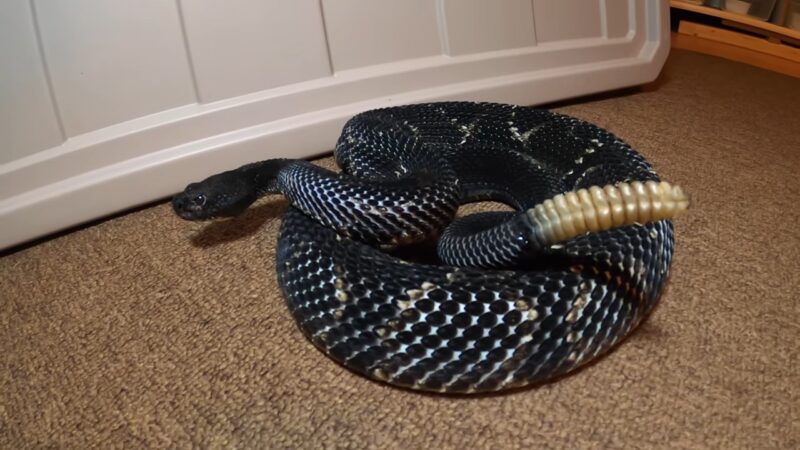
The Timber Rattlesnake, an iconic symbol of the American wilderness, is an endangered species in New York. The snake is easily identifiable by its namesake rattle at the end of its tail. Its color varies from yellow to black with dark crossbands. If you’re lucky enough to spot one, keep your distance, as their venom can be very dangerous.
3. Eastern Massasauga (Sistrurus Catenatus)
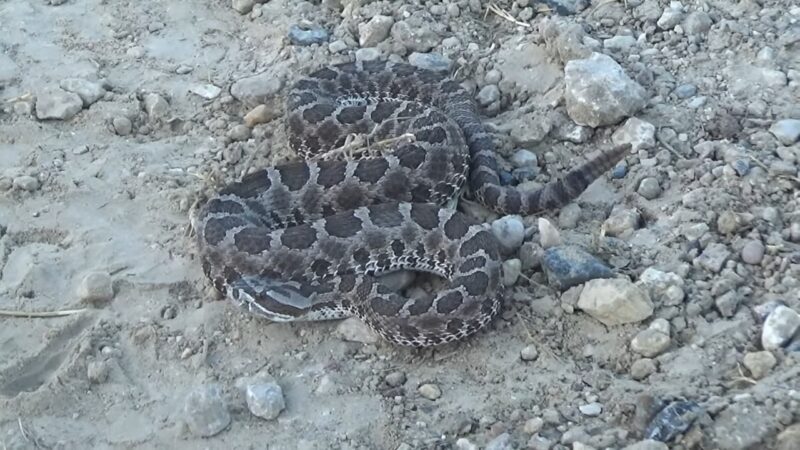
This small, thick-bodied rattlesnake is considered a threatened species in New York and is the least common of the venomous snakes. The Eastern Massasauga is grey or light brown with large, dark brown blotches. Its bite can be serious, but it is quite rare due to the snake’s shy nature and limited habitat.
A Brief for Safety
The snakes of Rochester, while captivating, demand respect and caution. Always remember:
- Look, don’t touch: It’s best to observe snakes from a distance. Even non-venomous snakes can deliver a painful bite when threatened.
- Stay on trails: Snakes often hide in tall grass or under debris. Sticking to trails helps avoid accidentally stepping on a snake.
- Seek medical attention: If bitten by any snake, seek medical attention immediately. Don’t try to capture the snake, but if possible, take a picture to help identify the species.
The Lesser-Known Snakes of Rochester, New York
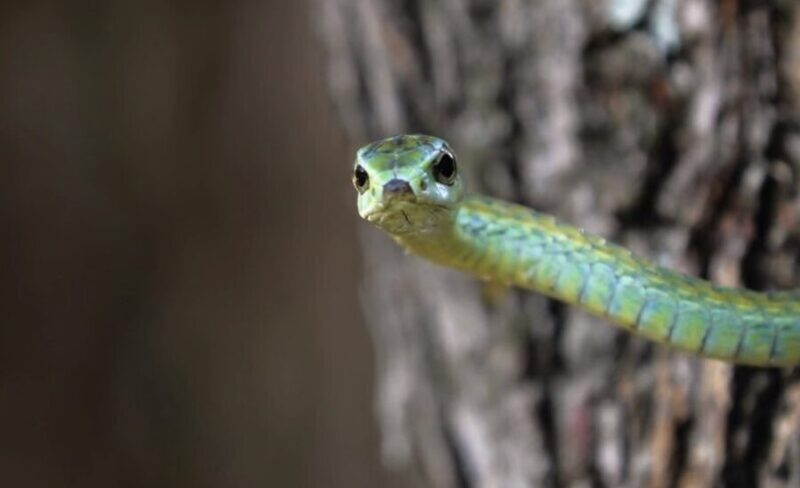
Let’s delve deeper into the lives of these silent serpents to unearth the lesser-known species that contribute significantly to the region’s biodiversity.
1. Smooth Green Snake (Opheodrys Vernalis)
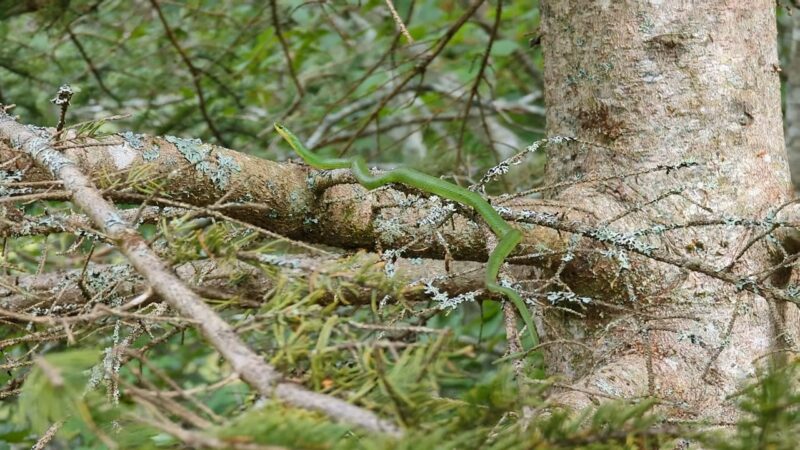
Among the vibrant flora, you might come across the Smooth Green Snake, a non-venomous species aptly named for its bright green color that provides perfect camouflage amongst the leaves. These shy creatures primarily feed on spiders and insects and play a pivotal role in controlling pest populations.
2. Ring-Necked Snake (Diadophis Punctatus)
This small, slender species can be identified by the unique yellow or orange ‘ring’ marking its neck and a matching underbelly. Although they possess a mild venom, it’s primarily used for immobilizing their small invertebrate prey and is harmless to humans.
3. Northern Water Snake (Nerodia Sipedon)
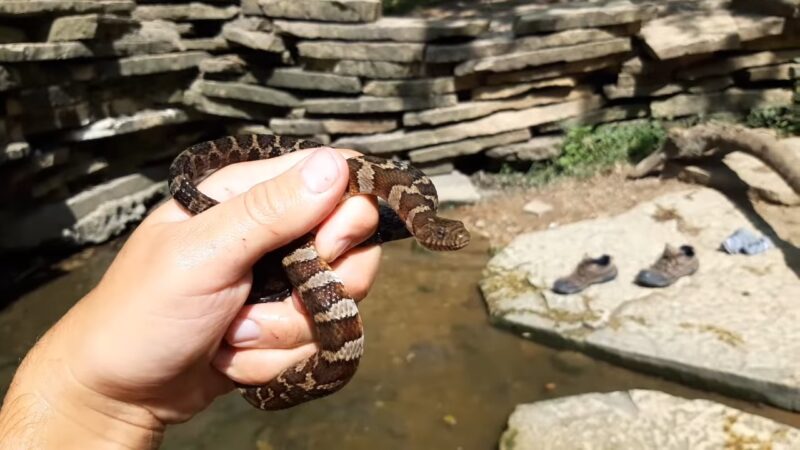
These snakes are frequent inhabitants of water bodies, such as ponds, streams, and lakes. Their brown, tan, or grey bodies are adorned with dark bands, and while they’re non-venomous, they can be defensive when threatened, often releasing a foul-smelling musk as a deterrent.
4. Eastern Ribbon Snake (Thamnophis Sauritus)
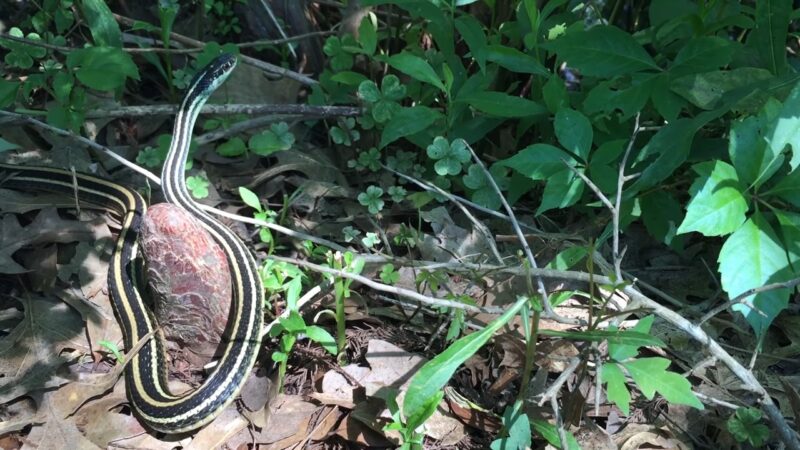
As a close relative of the Eastern Garter Snake, the Eastern Ribbon Snake shares the iconic three-striped pattern but has a much slimmer and longer body. Their preferred habitats are wetlands, where they pursue amphibious prey.
Snake Conservation Efforts in Rochester, New York
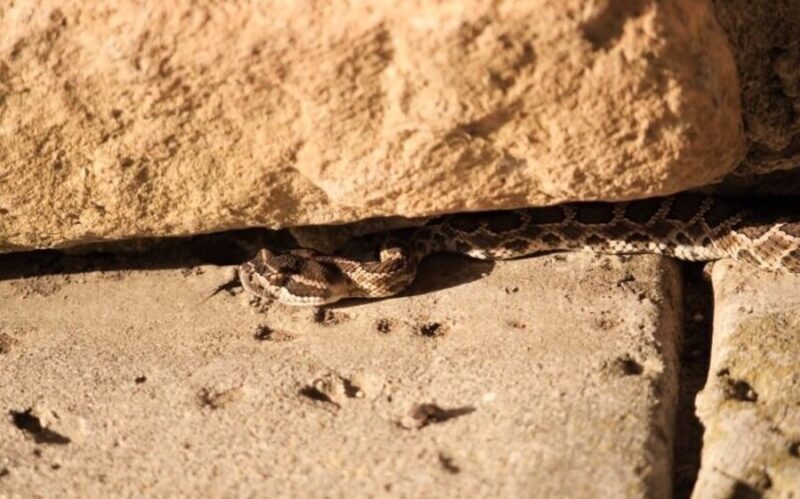
While snakes are an essential part of our ecosystem, many species, including the Timber Rattlesnake and Eastern Massasauga, are under threat due to habitat destruction and human fear. Rochester has taken significant strides in snake conservation.
Several local organizations and wildlife centers are at the forefront of these conservation efforts. They conduct research, run educational programs to increase public awareness and provide habitat restoration and protection to preserve these invaluable creatures.
These initiatives align with the New York State Department of Environmental Conservation’s larger goal to promote biodiversity and the welfare of all native species, including our slithering neighbors. Their efforts range from habitat management and species monitoring to legal protections, which safeguard these creatures from harm and persecution.
Demystifying Snakes: The Role of Education
In many cultures, snakes are often demonized, largely due to misunderstandings about their nature and behavior. However, education plays a crucial role in changing these perceptions. Many Rochester schools and community centers have begun to incorporate local ecology into their curriculums, helping children and adults alike learn about the roles these creatures play in our ecosystem.
Local wildlife centers and parks also offer guided tours and workshops to help residents get closer (though not too close!) to these fascinating creatures. By fostering understanding, these initiatives help transform fear into respect and admiration for our local snakes.
In addition to exploring the fascinating world of venomous snakes in Rochester, New York, we can also appreciate the beauty of 18 amazing birds adorned with a captivating red crown.
Closing Thoughts
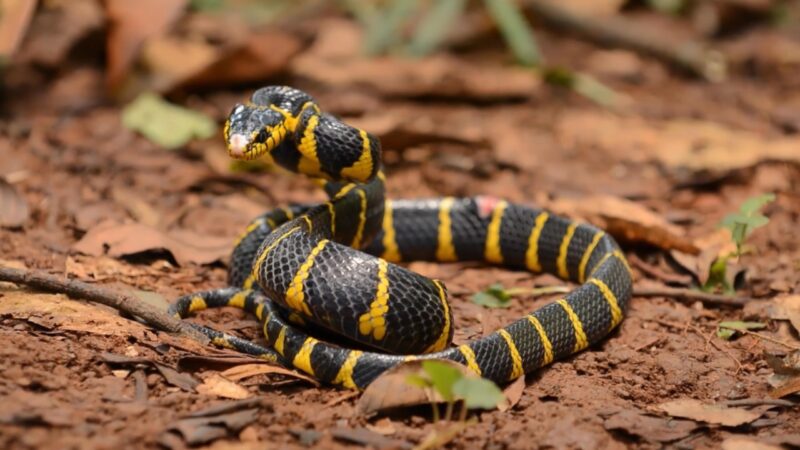
Our Rochester snakes, from the familiar Eastern Garter to the elusive Eastern Massasauga, add a thrilling edge to our rich local biodiversity. It’s crucial to remember that even our venomous residents serve important roles in our ecosystems, from pest control to food sources for larger predators.
By fostering understanding and respect for these creatures, we ensure their continued place in our environment, keeping the wild in our wilderness. So, on your next outdoor venture in the Rochester area, take the time to appreciate these incredible neighbors – from a safe distance, of course.





